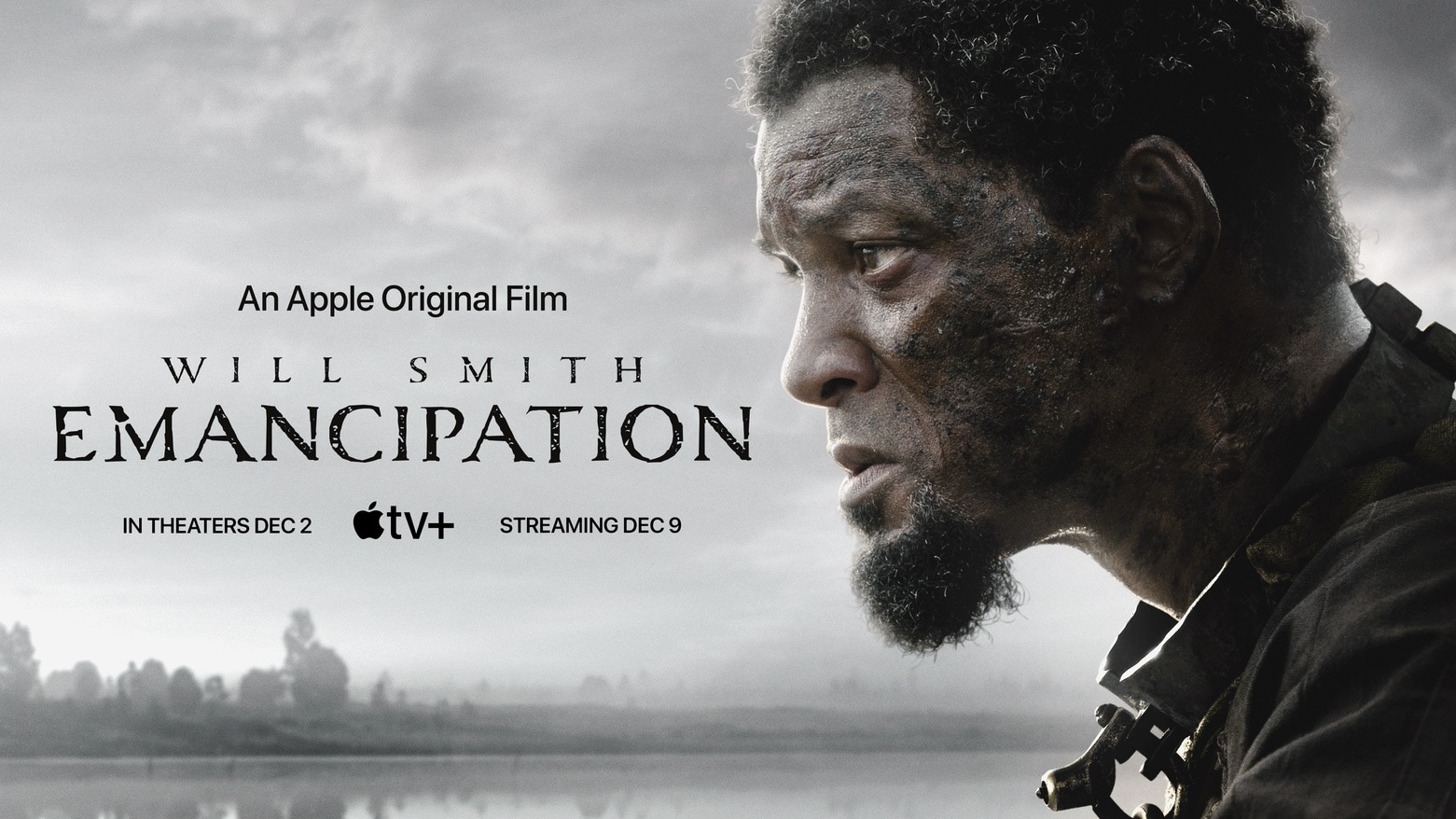A Look Back: Failures And What We Learned

Table of Contents
Identifying and Analyzing Past Failures
Before we can learn from our mistakes, we need to identify and analyze them. This process requires honesty, objectivity, and a willingness to confront uncomfortable truths.
Defining "Failure":
Not every setback is a failure. It's crucial to distinguish between temporary obstacles and genuine failures that require deeper analysis. How do you differentiate?
- Focus on projects or endeavors that resulted in a significant deviation from your goals. A minor delay isn't a failure; missing a major deadline might be.
- Consider the impact: Was the consequence minor, or did it significantly affect your plans? A small financial loss is different from a major business setback.
- Don't dwell on minor setbacks; concentrate on the significant ones. Analyze the truly impactful events to maximize your learning.
The Importance of Honest Self-Reflection:
Objectively assess your role in the failure. Avoid blame and focus on identifying contributing factors. This isn't about self-flagellation; it's about growth.
- Journaling can be a powerful tool for self-reflection. Write down your thoughts and feelings surrounding the failure without judgment.
- Seek constructive feedback from trusted sources. Ask for honest opinions from mentors, colleagues, or friends. Their perspectives can offer valuable insights you might have missed.
- Analyze the situation from different perspectives. Consider the viewpoints of others involved to gain a more complete understanding of the situation. What might they have seen that you missed?
Extracting Valuable Lessons from Failures
Once you've identified a significant failure, the next step is to dissect it to extract valuable lessons. This involves pinpointing specific mistakes and developing strategies to avoid repeating them.
Pinpointing Specific Mistakes:
Identify the precise actions or decisions that led to the failure. Be specific! Avoid vague statements; pinpoint the exact causes.
- Was it poor planning? Did you underestimate the time, resources, or challenges involved?
- Inadequate resources? Did you lack the necessary skills, tools, or support?
- Lack of execution? Did you fail to follow through on your plans effectively? Were there communication breakdowns?
- Were there external factors involved? How did you respond to them? Were there unforeseen circumstances that contributed to the failure? How could you have better anticipated or mitigated those risks?
- Use a SWOT analysis (Strengths, Weaknesses, Opportunities, Threats) to gain further insight. This framework helps systematically analyze all aspects of the situation.
Developing Strategies for Future Success:
Transform the lessons learned into actionable strategies to avoid similar pitfalls. This is where you turn analysis into proactive steps.
- Create a checklist of preventative measures. Based on your analysis, create a list of steps to prevent similar issues in the future.
- Develop contingency plans for foreseeable challenges. Anticipate potential problems and develop plans to address them.
- Implement new skills or knowledge to address weaknesses. Identify skill gaps revealed by the failure and actively work to improve them.
Turning Failures into Opportunities
The ultimate goal is not just to avoid repeating past mistakes but to transform failures into opportunities for growth and future success.
Reframing Your Perspective:
View failures not as defeats, but as valuable learning opportunities. Shifting your mindset is crucial.
- Embrace a growth mindset. See challenges as opportunities for learning and development.
- Focus on what you gained, not what you lost. What new skills did you acquire? What valuable experience did you gain?
- Use failures to build resilience and confidence. The ability to bounce back from setbacks is a valuable asset.
Sharing Your Experience:
Sharing your stories can help others avoid similar mistakes and build a stronger community. Your experiences can be invaluable to others.
- Consider writing a blog post or article. Share your insights and lessons learned with a wider audience.
- Share your experiences with mentors or colleagues. Offer your perspective to help guide others.
- Present at conferences or workshops. Share your insights and inspire others to learn from failures.
Conclusion
Analyzing past failures is not about dwelling on mistakes; it's about using them as powerful tools for growth and future success. By honestly reflecting on our setbacks, identifying specific errors, and developing actionable strategies, we can transform what once seemed like failures into invaluable learning experiences. Don't shy away from examining your past "failures and what we learned." Embrace the process of learning from them, and you will be well-equipped to navigate future challenges with greater resilience and wisdom. Start your self-reflection today – your future success depends on it!

Featured Posts
-
 Breens Lighthearted Taunts Of Bridges Playing Time Concerns
May 17, 2025
Breens Lighthearted Taunts Of Bridges Playing Time Concerns
May 17, 2025 -
 Analyzing Trumps Presidency The Significance Of His May 15 2025 Middle East Trip
May 17, 2025
Analyzing Trumps Presidency The Significance Of His May 15 2025 Middle East Trip
May 17, 2025 -
 Tom Thibodeau How Fixing An Old Flaw Saved The Knicks From Disaster
May 17, 2025
Tom Thibodeau How Fixing An Old Flaw Saved The Knicks From Disaster
May 17, 2025 -
 Oil Market Update Key Events And Analysis For May 16
May 17, 2025
Oil Market Update Key Events And Analysis For May 16
May 17, 2025 -
 Murderbot Premiere Date And Time Where To Stream Alexander Skarsgards New Series
May 17, 2025
Murderbot Premiere Date And Time Where To Stream Alexander Skarsgards New Series
May 17, 2025
Latest Posts
-
 Tony Bennett His Collaborations And The People He Inspired
May 17, 2025
Tony Bennett His Collaborations And The People He Inspired
May 17, 2025 -
 Apple Tv 3 Month Discount 3 Offer Ending Soon
May 17, 2025
Apple Tv 3 Month Discount 3 Offer Ending Soon
May 17, 2025 -
 Tony Bennett And The People Who Shaped His Career
May 17, 2025
Tony Bennett And The People Who Shaped His Career
May 17, 2025 -
 Apple Tv Special Offer 3 Months Of Streaming For 3
May 17, 2025
Apple Tv Special Offer 3 Months Of Streaming For 3
May 17, 2025 -
 Ralph Lauren Fall 2025 The Riser Collection Unveiled
May 17, 2025
Ralph Lauren Fall 2025 The Riser Collection Unveiled
May 17, 2025
